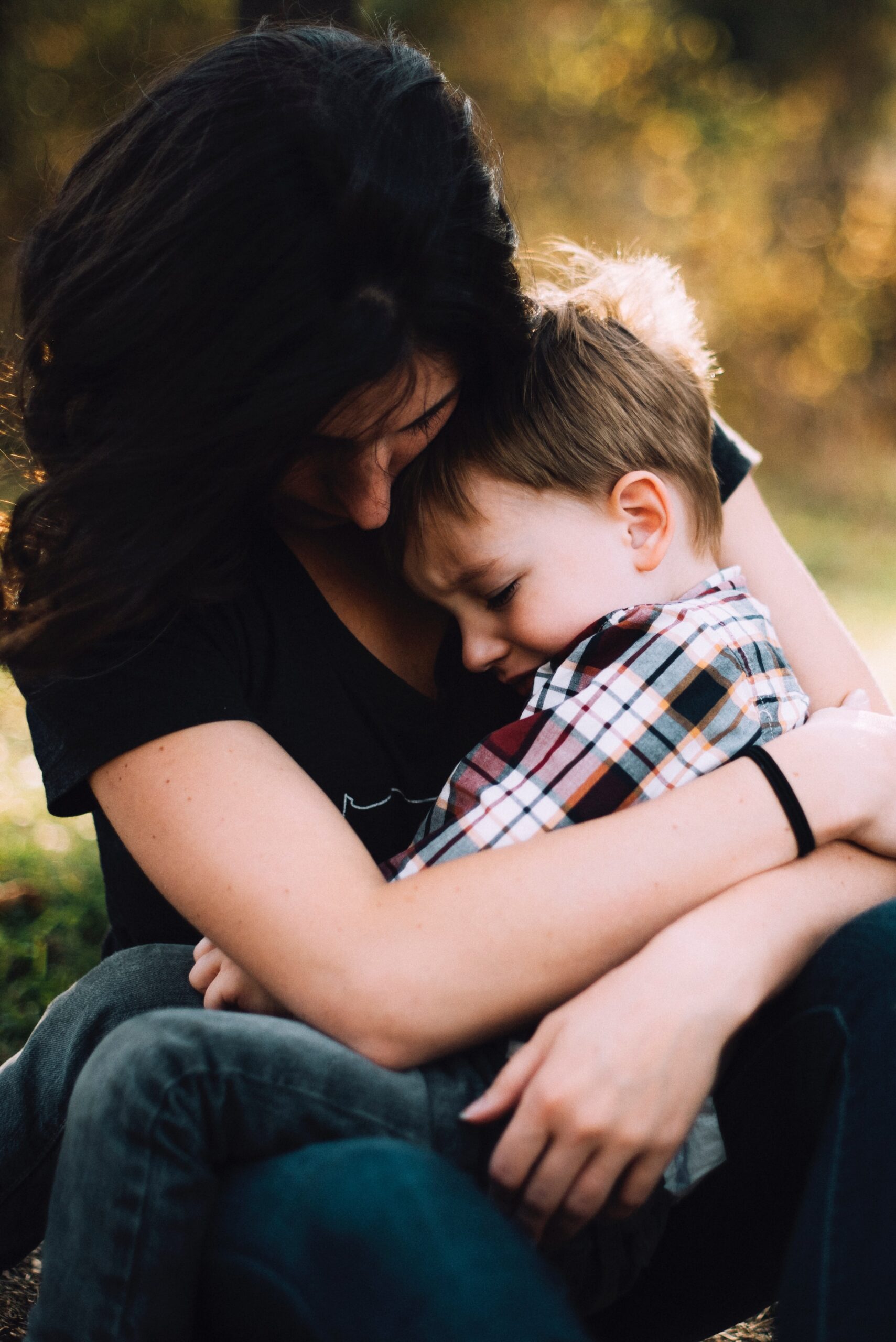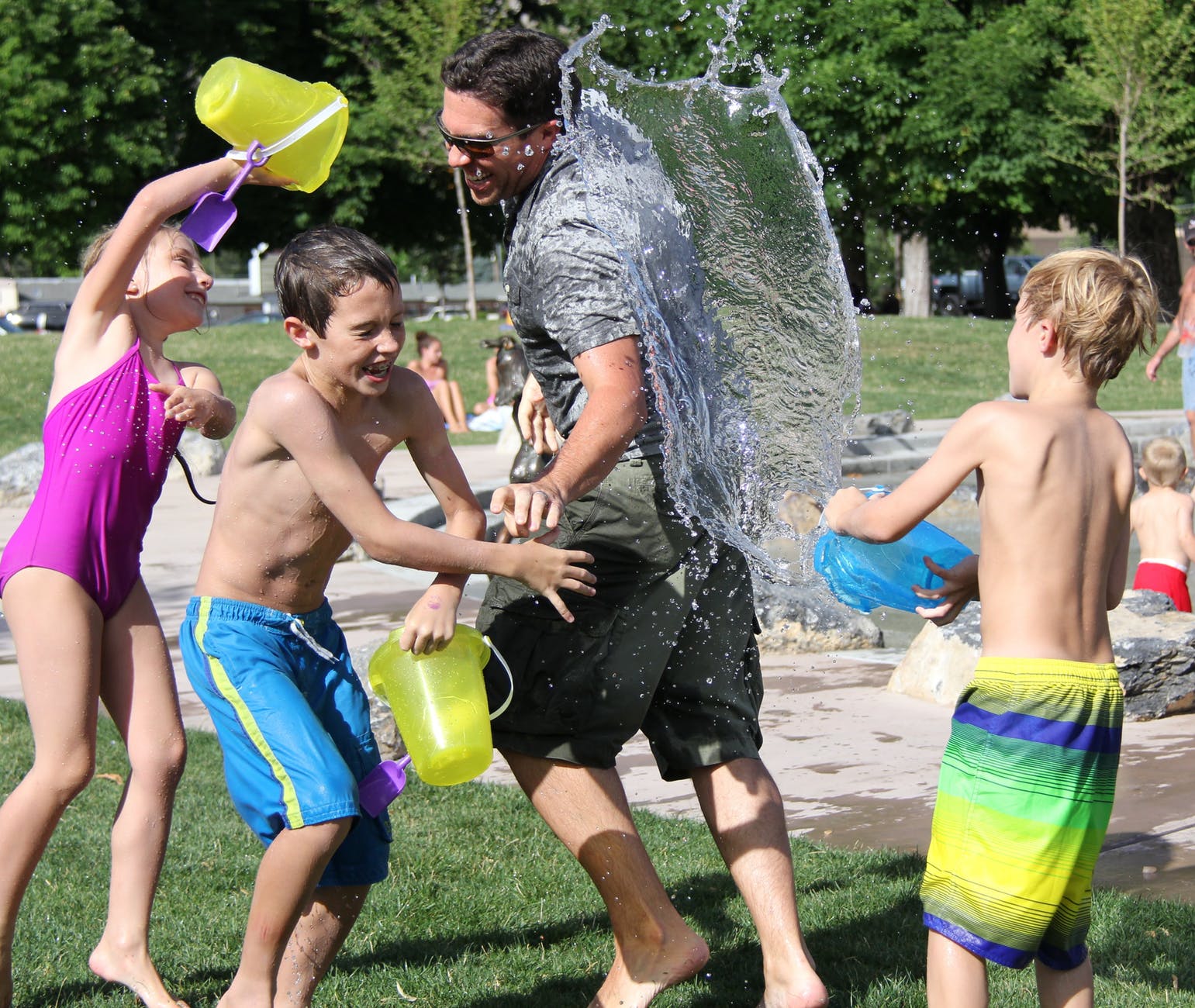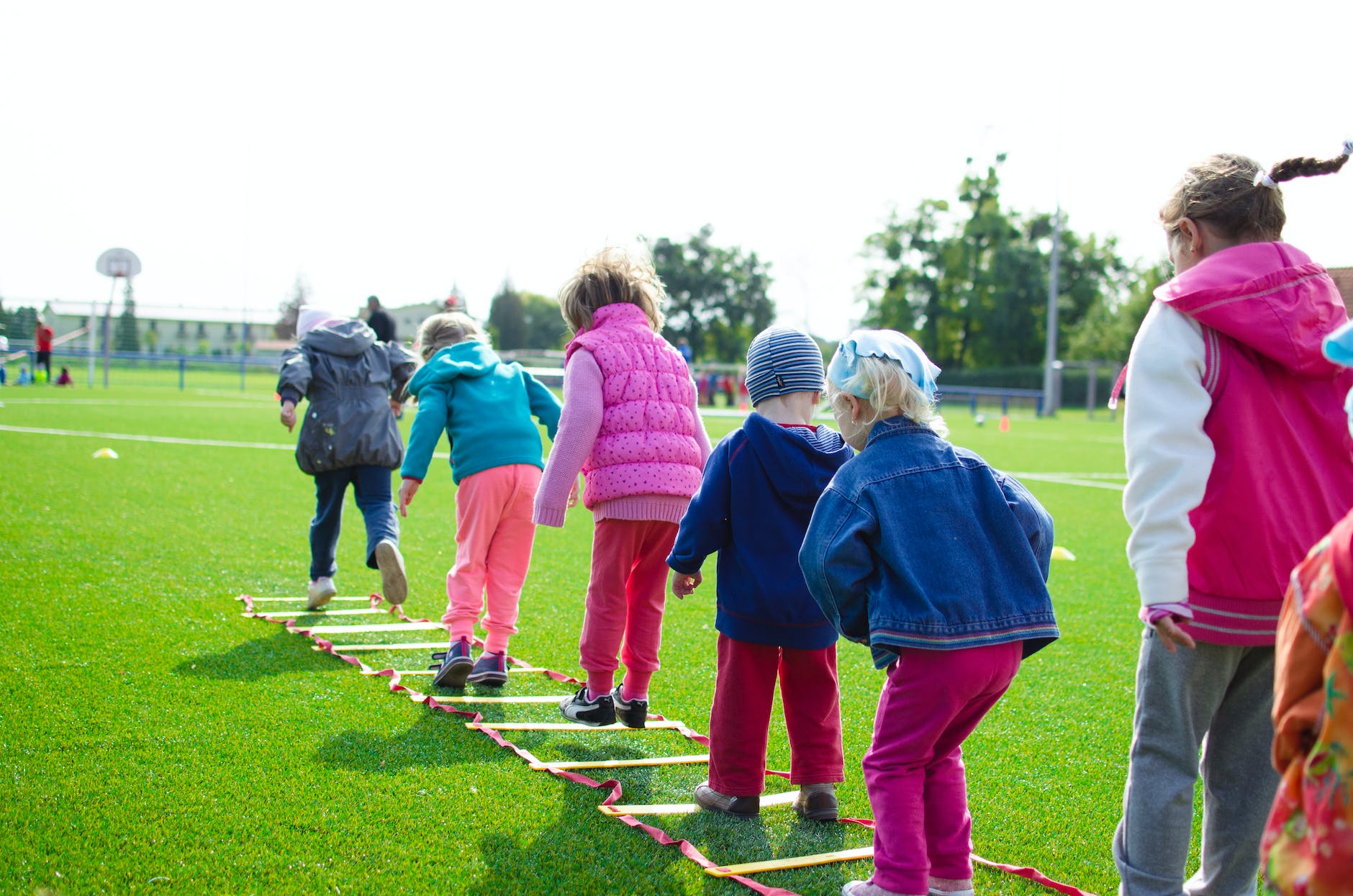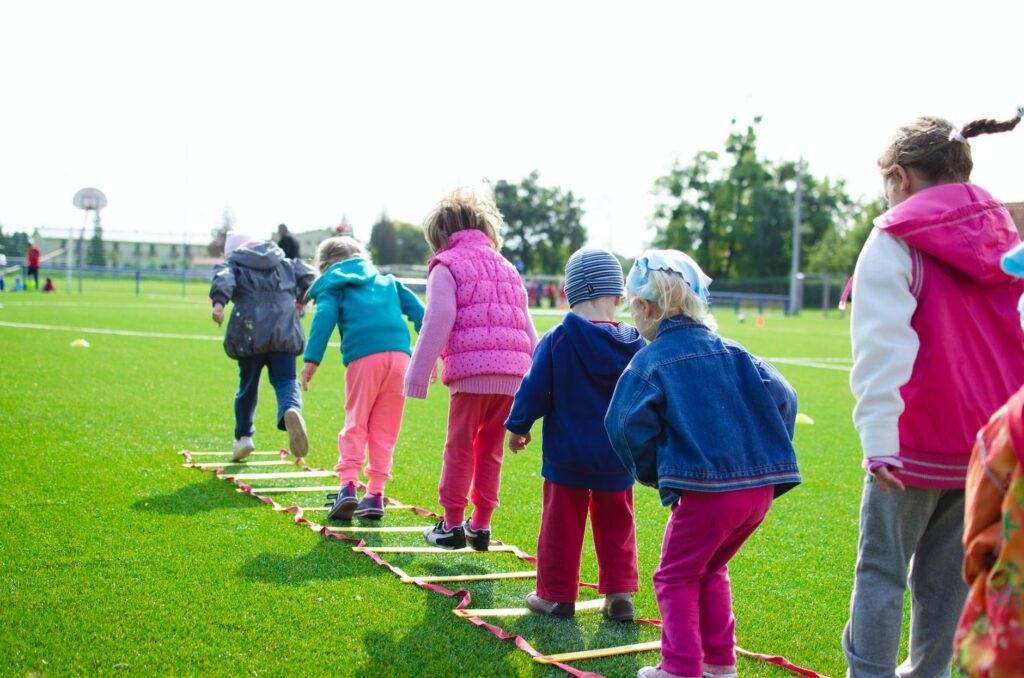

Techniques for helping kids regulate their emotions and avoid explosive behavior
Writer: Caroline Miller
Clinical Experts: Lindsey Giller, PsyD , Stephanie Samar, PsyD , Alana Cooperman, LCSW
https://www.youtube.com/watch?v=IbtPS421MCg&t=8s
What You'll Learn
- How can parents help kids calm down?
- How can kids learn to understand their feelings better?
- How can you make it easier for kids to behave?
- Quick Read
- Full Article
- What is dysregulation?
- Rethinking emotions
- Model managing difficult feelings
- Validate your child’s feelings
- Active ignoring
- Positive attention
- Clear expectations
- Give options
- Coping ahead
- Problem solving
- Five special minutes a day
Some kids have big emotions that they can’t control, so they have tantrums and outbursts. This is called emotional dysregulation. The good news is that there are lots of calming techniques that parents can teach kids.
An important first step is teaching kids to notice their emotions and name them. If they can say to themselves, “I’m feeling angry,” they’ll be more able to get control over that feeling before they hit someone or have a meltdown. It’s important for kids to know that big feelings are normal and validate how hard they can be.
If a child’s misbehavior is minor, ignoring it often works best. The flip side of this is to give the child a lot of praise when they do a good job controlling their feelings, even something small like taking a deep breath.
Often, moving from one activity to another is especially hard for kids. Try giving a warning: “In 15 minutes we’re going to sit down to dinner so you’ll have to stop playing.” Giving a child choices can help, too: “You can come to the grocery store with me or stay home with Mom.”
You can also try making plans together to handle upsetting situations. For example, if your child often gets mad at the stricter rules at their grandparents’ house, you can talk before a visit about how they can handle those tough feelings. If your child does have a tantrum, talk with them later about what happened and what could have made it better.
Finally, pick some time every day for your kid to choose an activity to do together. Knowing that they’ll have that time can reduce the stress they feel during the rest of the day. Consistent special time with you also reminds kids that you love them no matter what, even on hard days.
Many children have difficulty regulating their emotions. Tantrums, outbursts, whining, defiance, fighting: these are all behaviors you see when kids experience powerful feelings they can’t control. While some kids have learned to act out because it gets them what they want — attention or time on the iPad — other kids have trouble staying calm because they are unusually sensitive.
The good news is that learning to calm down instead of acting out is a skill that can be taught.
What is dysregulation?
“Some children’s reactions are just bigger than their peers or their siblings or their cousins,” explains Lindsey Giller, PsyD, a clinical psychologist. “Not only do they feel things more intensely and quickly, they’re often slower to return to being calm.” Unusually intense feelings can also make a child more prone to impulsive behaviors.
When kids are overwhelmed by feelings, adds Dr. Giller, the emotional side of the brain isn’t communicating with the rational side, which normally regulates emotions and plans the best way to deal with a situation. Experts call it being “dysregulated.” It’s not effective to try to reason with a child who’s dysregulated. To discuss what happened, you need to wait until a child’s rational faculties are back “online.”
Rethinking emotions
Parents can start by helping children understand how their emotions work. Kids don’t go from calm to sobbing on the floor in an instant. That emotion built over time, like a wave. Kids can learn control by noticing and labeling their feelings earlier, before the wave gets too big to handle.
Some kids are hesitant to acknowledge negative emotions. “A lot of kids are growing up thinking anxiety, anger, sadness are bad emotions,” says Stephanie Samar, PsyD, a clinical psychologist. But naming and accepting these emotions is “a foundation to problem-solving how to manage them.”
Parents may also minimize negative feelings, notes Dr. Samar, because they want their kids to be happy. But children need to learn that we all have a range of feelings. “You don’t want to create a dynamic that only happy is good,” she says.
Model managing difficult feelings
“For younger children, describing your own feelings and modeling how you manage them is useful,” notes Dr. Samar. “They hear you strategizing about your own feelings, when you’re nervous or frustrated, and how you’re going to handle it, and they can use these words.”
For kids who feel like big emotions sneak up on them, you can help them practice recognizing their emotions, and model doing that yourself. Try ranking the intensity of your emotions from 1-10, with 1 being pretty calm and 10 being furious. If you forget something that you meant to bring to Grandma’s, you could acknowledge that you are feeling frustrated and say that you’re at a 4. It might feel a little silly at first, but it teaches kids to pause and notice what they are feeling.
If you see them starting to get upset about something, ask them what they are feeling, and how upset they are. Are they at a 6? For some younger kids, a visual aid like a feelings thermometer might help.
Validate your child’s feelings
Validation is a powerful tool for helping kids calm down by communicating that you understand and accept what they’re feeling. “Validation is showing acceptance, which is not the same thing as agreement,” Dr. Giller explains. “It’s nonjudgmental. And it’s not trying to change or fix anything.” Feeling understood, she explains, helps kids let go of powerful feelings.
Effective validation means paying undivided attention to your child. “You want to be fully attuned so you can notice their body language and facial expressions and really try to understand their perspective,” says Dr. Samar. “It can help to reflect back and ask, ‘Am I getting it right?’ Or if you’re truly not getting it, it’s okay to say, ‘I’m trying to understand.’ ”
Helping kids by showing them that you’re listening and trying to understand their experience can help avoid explosive behavior when a child is building towards a tantrum.
Active ignoring
Validating feelings doesn’t mean giving attention to bad behavior. Ignoring behaviors like whining, arguing, inappropriate language or outbursts is a way to reduce the chances of these behaviors being repeated. It’s called “active” because it’s withdrawing attention conspicuously.
“You’re turning your face, and sometimes body, away or leaving the room when your child is engaging in minor misbehaviors in order to withdraw your attention,” Dr. Giller explains. “But the key to its effectiveness is, as soon as your child is doing something you can praise, to turn your attention back on.”
Positive attention
The most powerful tool parents have in influencing behavior is attention. As Dr. Giller puts it, “It’s like candy for your kids.” Positive attention will increase the behaviors you are focusing on.
When you’re shaping a new behavior, you want to praise it and give a lot of attention to it. “So really, really focus in on it,” adds Dr. Giller. “Be sincere, enthusiastic and genuine. And you want it to be very specific, to make sure your child understands what you are praising.”
When helping your child deal with an emotion, notice the efforts to calm down, however small. For example, if your child is in the midst of a tantrum and you see them take a deep inhale of air, you can say, “I like that you took a deep breath” and join them in taking additional deep breathes.
Clear expectations
Another key way to help prevent kids from getting dysregulated is to make your expectations clear and follow consistent routines. “It’s important to keep those expectations very clear and short,” notes Dr. Samar, and convey rules and expected behaviors when everyone is calm. Dependable structure helps kids feel in control.
When change is unavoidable, it’s good to give advance warning. Transitions are particularly tough for kids who have trouble with big emotions, especially when it means stopping an activity they’re very engaged in. Providing a warning before a transition happens can help kids feel more prepared. “In 15 minutes, we’re going to sit down at the table for dinner, so you’re going to need to shut off your PS4 at that time,” Dr. Giller suggests. “It may still be hard for them to comply, but knowing it’s coming helps kids feel more in control and stay calmer,” she explains.
Give options
When kids are asked to do things they’re not likely to feel enthusiastic about, giving them options may reduce outbursts and increase compliance. For instance: “You can either come with me to food shopping or you can go with Dad to pick up your sister.” Or: “You can get ready for bed now and we can read a story together — or you can get ready for bed in 10 minutes and no story.”
“Giving two options reduces the negotiating that can lead to tension,” Dr. Samar suggests.
Coping ahead
Coping ahead is planning in advance for something that you predict may be an emotionally challenging situation for your child, or for both of you. It means talking, when you are both calm, about what’s coming, being direct about what negative emotions can arise, and strategizing how you will get through it.
If a child was upset last time they were at Grandma’s house because they weren’t allowed to do something they get to do at home, coping ahead for the next visit would be acknowledging that you saw that they were frustrated and angry, and discussing how they can handle those feelings. Together you might come up with something they are allowed to do at Grandma’s that they can have fun doing.
Talking about stressful situations in advance helps avoid meltdowns. “If you set up a plan in advance, it increases the likelihood that you’ll end up in a positive situation,” Dr. Samar notes.
Problem solving
If a child has a tantrum, parents are often hesitant to bring it up later, Dr. Samar notes. “It’s natural to want to put that behind us. But it’s good to revisit briefly, in a non-judgmental way.”
Revisiting an earlier event — say a meltdown at the toy store — engages the child in thinking about what happened, and to strategize about what could have been done differently. If you can come up with one or two things that might have led to a different outcome, your child might remember them next time they’re starting to feel overwhelmed.
#James Donaldson notes:Welcome to the “next chapter” of my life… being a voice and an advocate for #mentalhealthawarenessandsuicideprevention, especially pertaining to our younger generation of students and student-athletes.Getting men to speak up and reach out for help and assistance is one of my passions. Us men need to not suffer in silence or drown our sorrows in alcohol, hang out at bars and strip joints, or get involved with drug use.Having gone through a recent bout of #depression and #suicidalthoughts myself, I realize now, that I can make a huge difference in the lives of so many by sharing my story, and by sharing various resources I come across as I work in this space. #http://bit.ly/JamesMentalHealthArticleFind out more about the work I do on my 501c3 non-profit foundationwebsite www.yourgiftoflife.org Order your copy of James Donaldson's latest book,#CelebratingYourGiftofLife: From The Verge of Suicide to a Life of Purpose and Joy
Click Here For More Information About James Donaldson
Five special minutes a day
Even a small amount of time set aside reliably, every day, for a parent to do something chosen by a child can help that child manage stress at other points in the day. It’s a time for positive connection, without parental commands, ignoring any minor misbehavior, just attending to your child and letting them be in charge.
It can help a child who’s having a tough time in school, for instance, to know they can look forward to that special time. “This five minutes of parental attention should not be contingent on good behavior,” says Dr. Samar. “It’s a time, no matter what happened that day, to reinforce that ‘I love you no matter what.’ ”
Frequently Asked Questions
How do you help an angry child calm down?
You can help an angry child calm down by validating their feelings and listening actively to understand what’s upsetting them. Your attention is your most powerful tool, so it helps to give your child lots of positive attention as soon as they do something to calm down: “I like that you took a deep breath!” https://standingabovethecrowd.com/?p=14507









